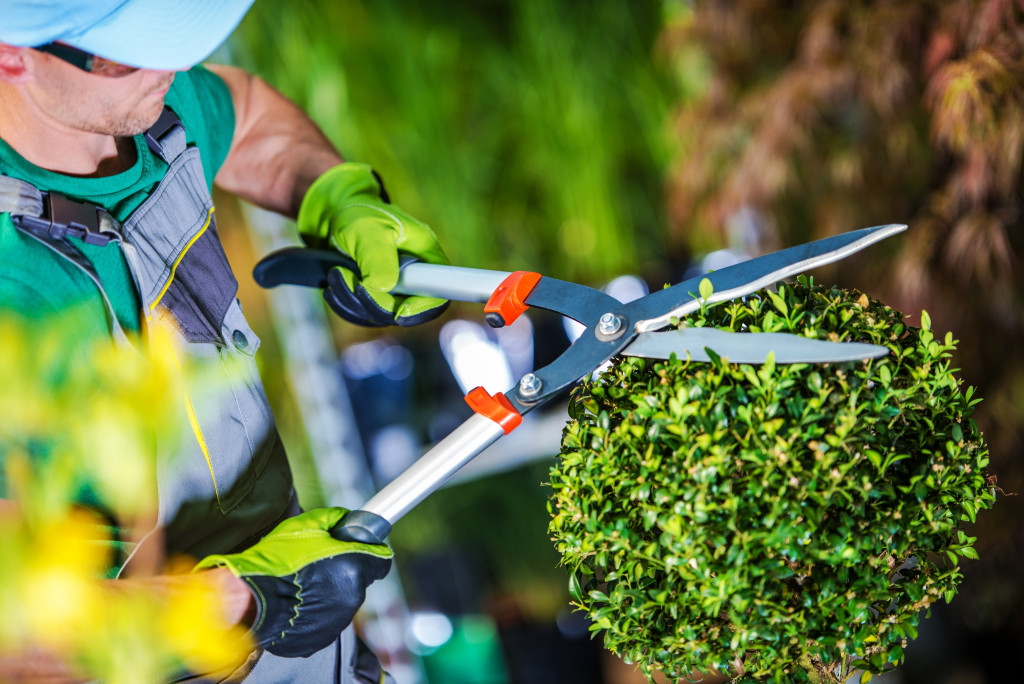A garden is an investment. It doesn’t only add to the value of a property, but it also helps the people around them to relax and slow down. Seeing a garden engages a lot of our senses: sight, smell, and touch. It helps calm us down, inspires us, and fosters a connection with nature.
Form follows function. This should be a guiding principle as you conceptualize and realize your garden. To achieve both, you need to answer a couple of critical questions, and we’ll lay them out here one by one.
What is the purpose of the garden?
Do you want a garden that supplements your kitchen? Do you want it to be a place where you and your family can be active? Is it where you plan to play with the children or the pets—when you and your family can enjoy the outdoors? Or do you want it to be aesthetically pleasing—something to attract butterflies, bees, and birds?
The first question you need to answer involves the purpose of the garden you want to have. There is no need for strict rules to be applied here; in fact, you can have one garden with overlapping purposes—but there are some things you need to consider. For example, if you want a garden of vegetables and greens, you might not want to add elements that attract insects like butterflies. Otherwise, the caterpillars will behave the fresh leafy goodies before you do.
So you need to ask yourself: what do I want my garden—my landscape—to provide? Depending on the answer, you can create a garden that can evoke feelings of relaxation and comfort; or you can make an active space where you are constantly excited and energized.
What is your overall design?

Once you’ve figured out what the primary purpose of your garden is, you can start conceptualizing your design. You can do all this by yourself or hire get professional landscaping services. Hiring professionals will save you time, resources, and money. Their expertise allows them to give you informed suggestions.
A team composed of professional garden designers, landscapers, or professional landscaping contractors can seamlessly realize your vision for a garden. They know the critical elements of the building; they have a solid foundation on the kind and cost of materials; plus, they have the tools and facilities to dig out your yard, build the softscape and hardscape of the garden—and manage to stay in your budget. Gardening is their specialty.
This will not only help save you precious time and resources, but it’s also going to save you a lot of headaches. You won’t have to think about the dimensions of the space you have to work with, the type of garden structures you can build, and their purpose—you don’t have to tackle everything like a juggler with the help of professionals. Remember, a garden isn’t something you should invest halfheartedly in. It will be a fundamental part of your home and has one of the most significant potentials to transform your life. The secret is always finding the balance between form and function.
What is meant by ‘balance’ in the garden?
The balance in a garden is constantly evolving because they are living and ever-changing. These are the wise words of a garden designer and architect, Ula Maria. Balance is something to strive for every day: we strive for a work-life balance, a balanced diet, balanced relationships, and so on. The same is true for gardens.
There is a need to balance not only the aesthetic elements of a garden—such as colors and texture of plants and structure—but there must also be a balance between form and function. We want something that looks pleasing to the eyes and, at the same, serves some practical use. Here are some tips to strike this balance in your garden:
- Maximize area for plantings and minimize materials for the enclosure to make the best out of your yard or space.
- Choose your plants based on available space and document their growth over time; this will help you determine proper amounts of water and nutrients be used.
- Any area in the garden should have a function and not entirely ornamental; any decoration should take its form from its operation.
- Paths and walkways should be minimized as much as possible; and are made only to move the people through the garden.
- Trees should only be planted in areas where there is a need for shade or fruit production; they shouldn’t be allowed to overpower the garden design.


